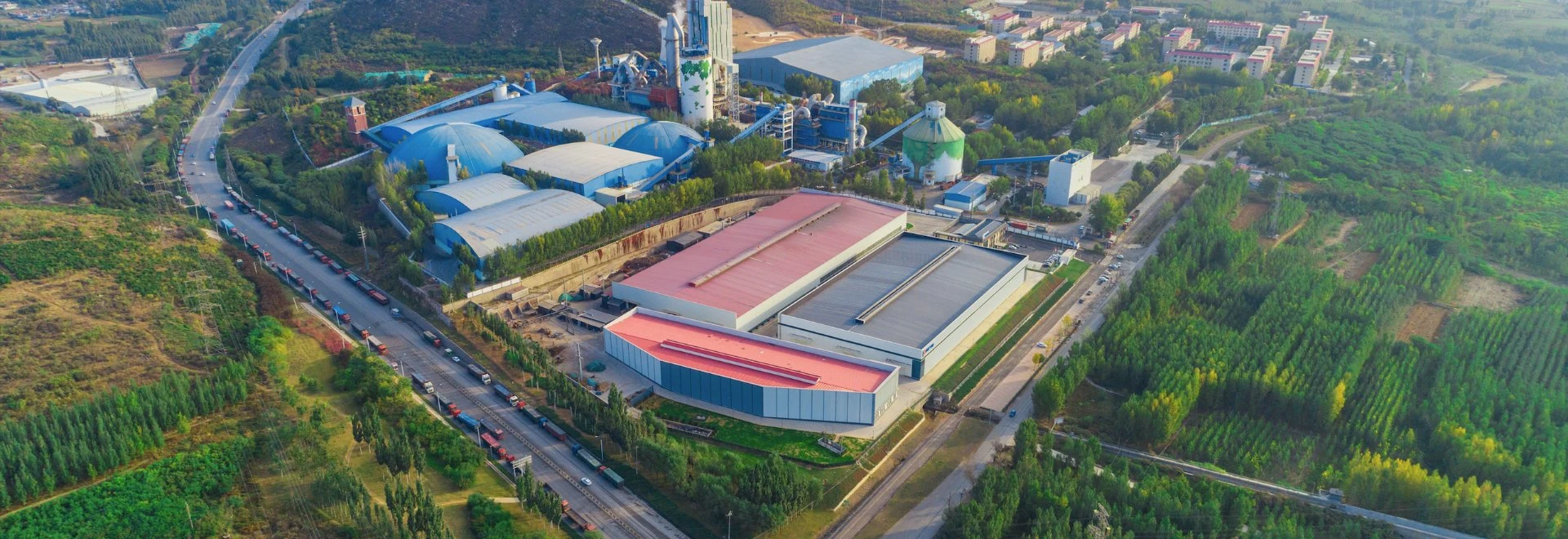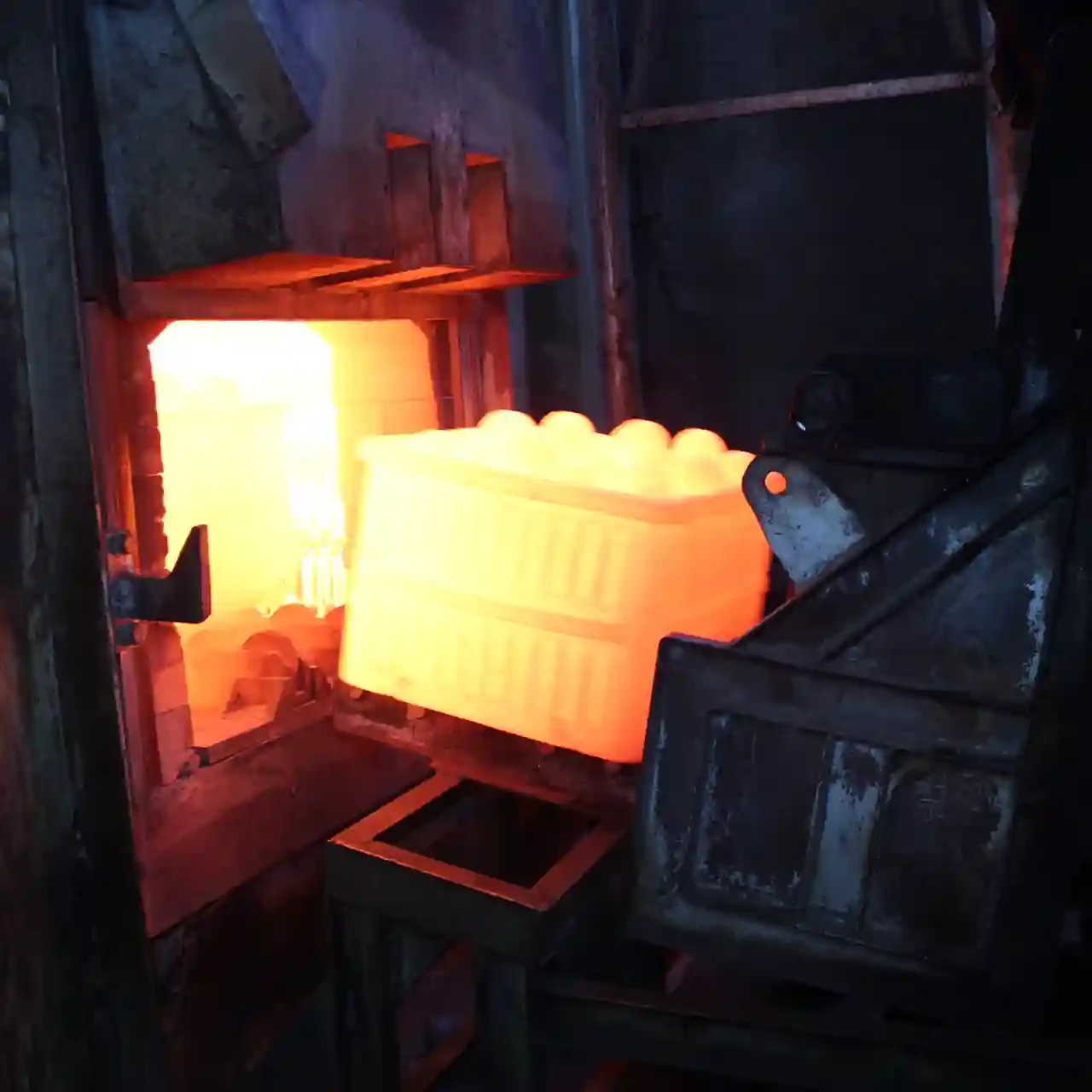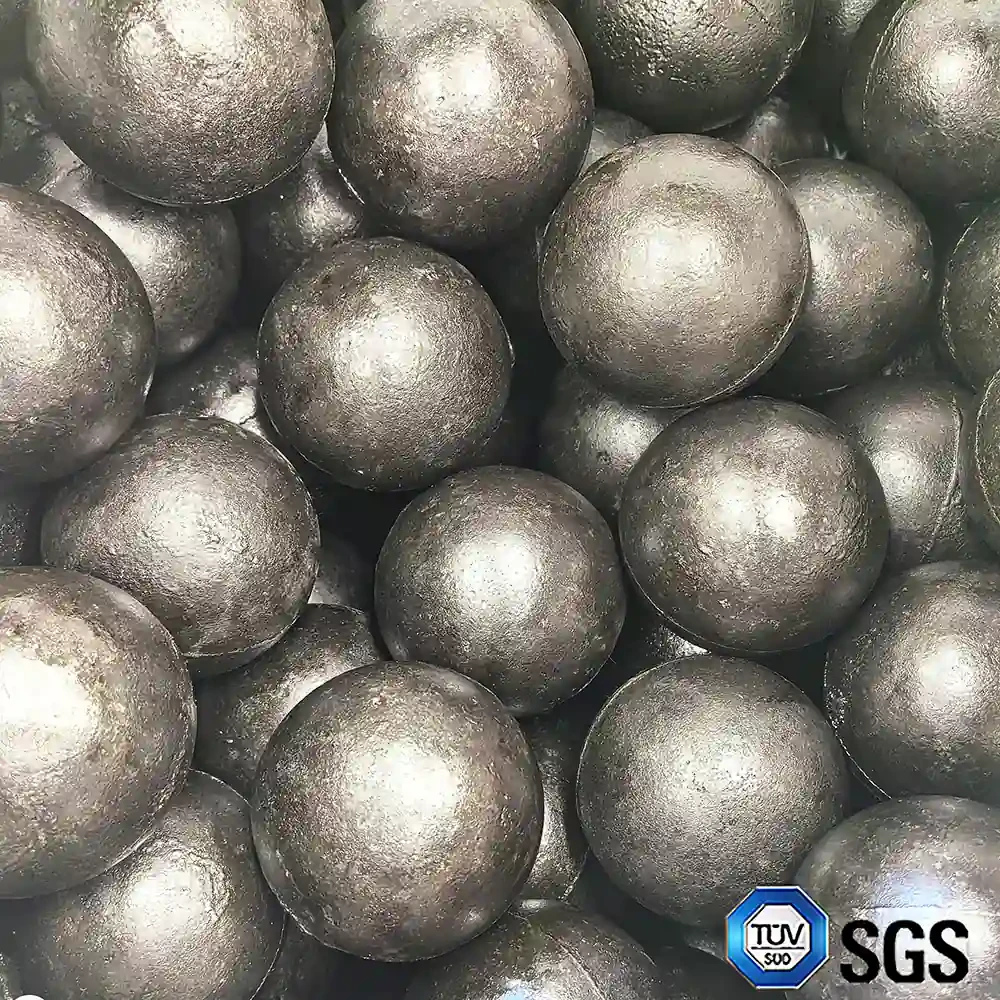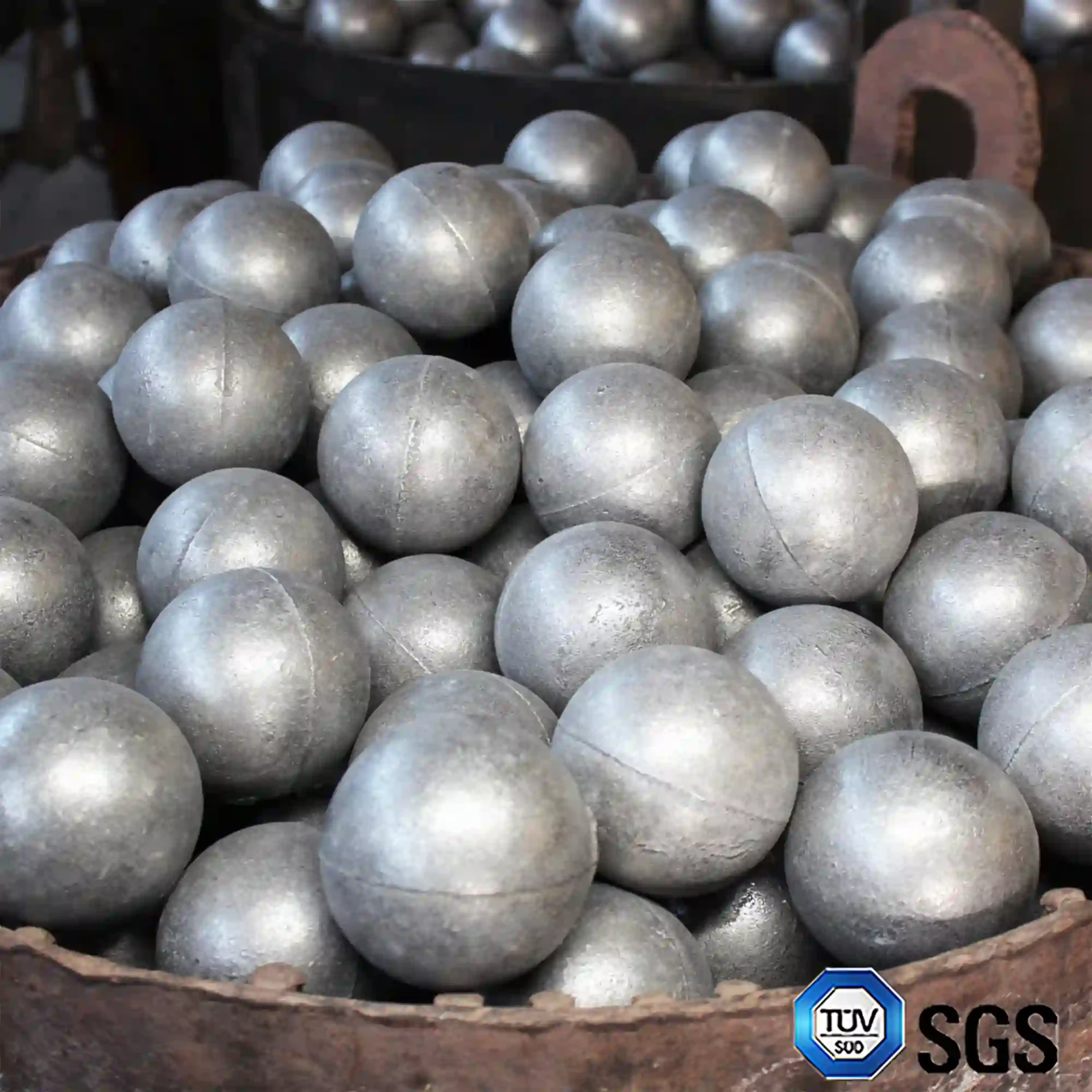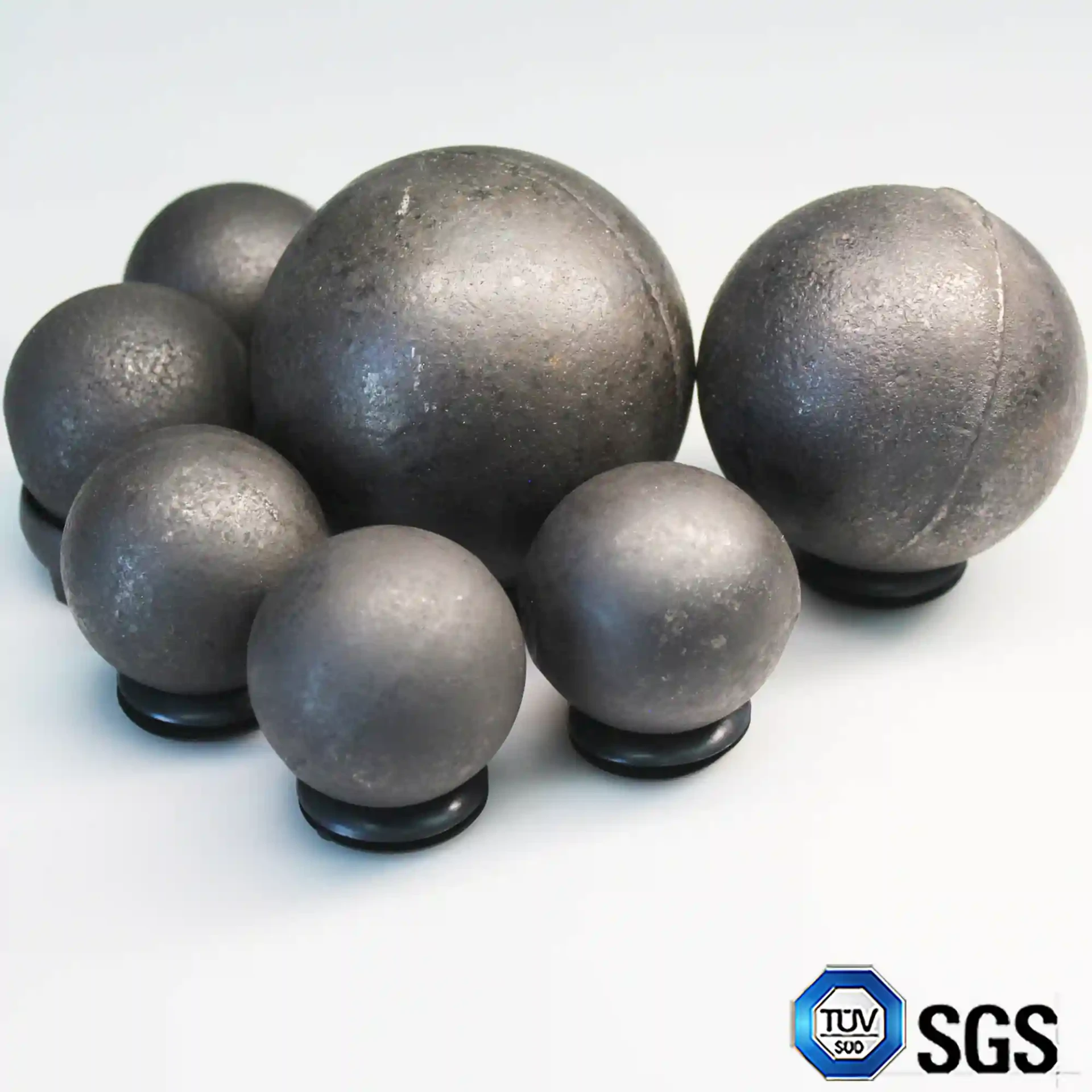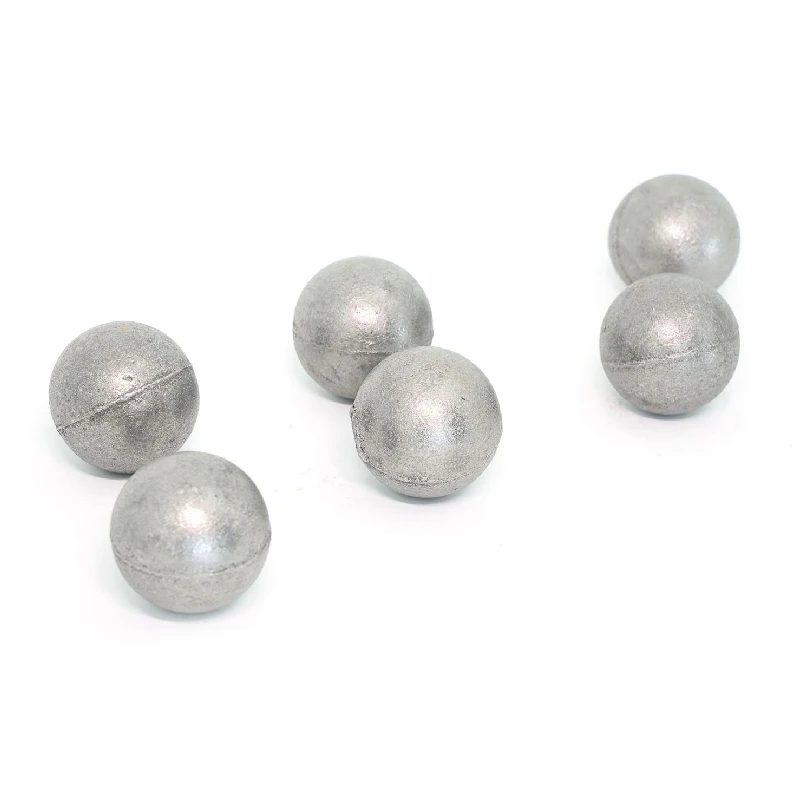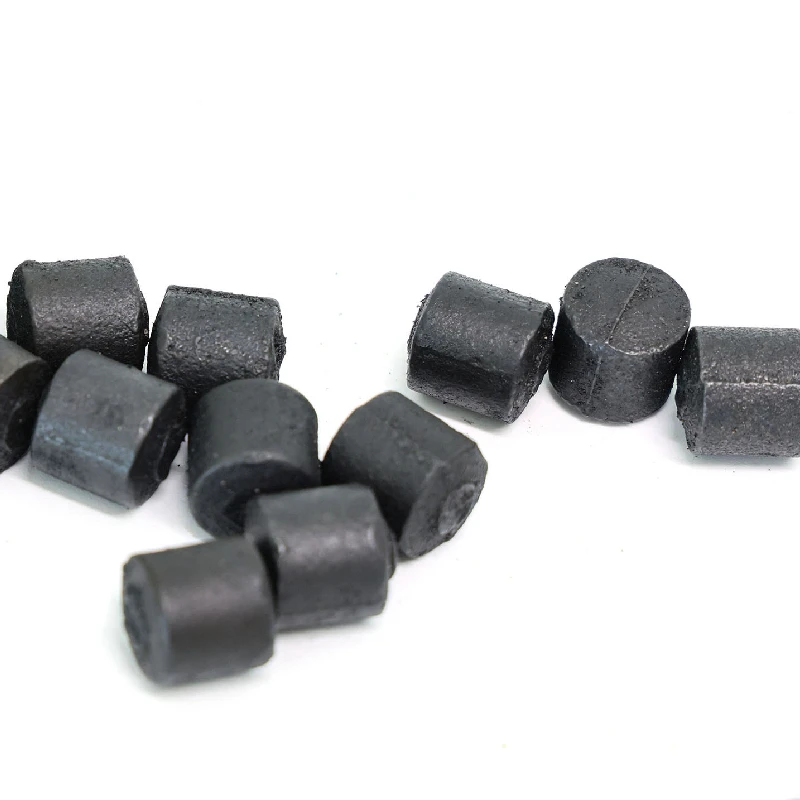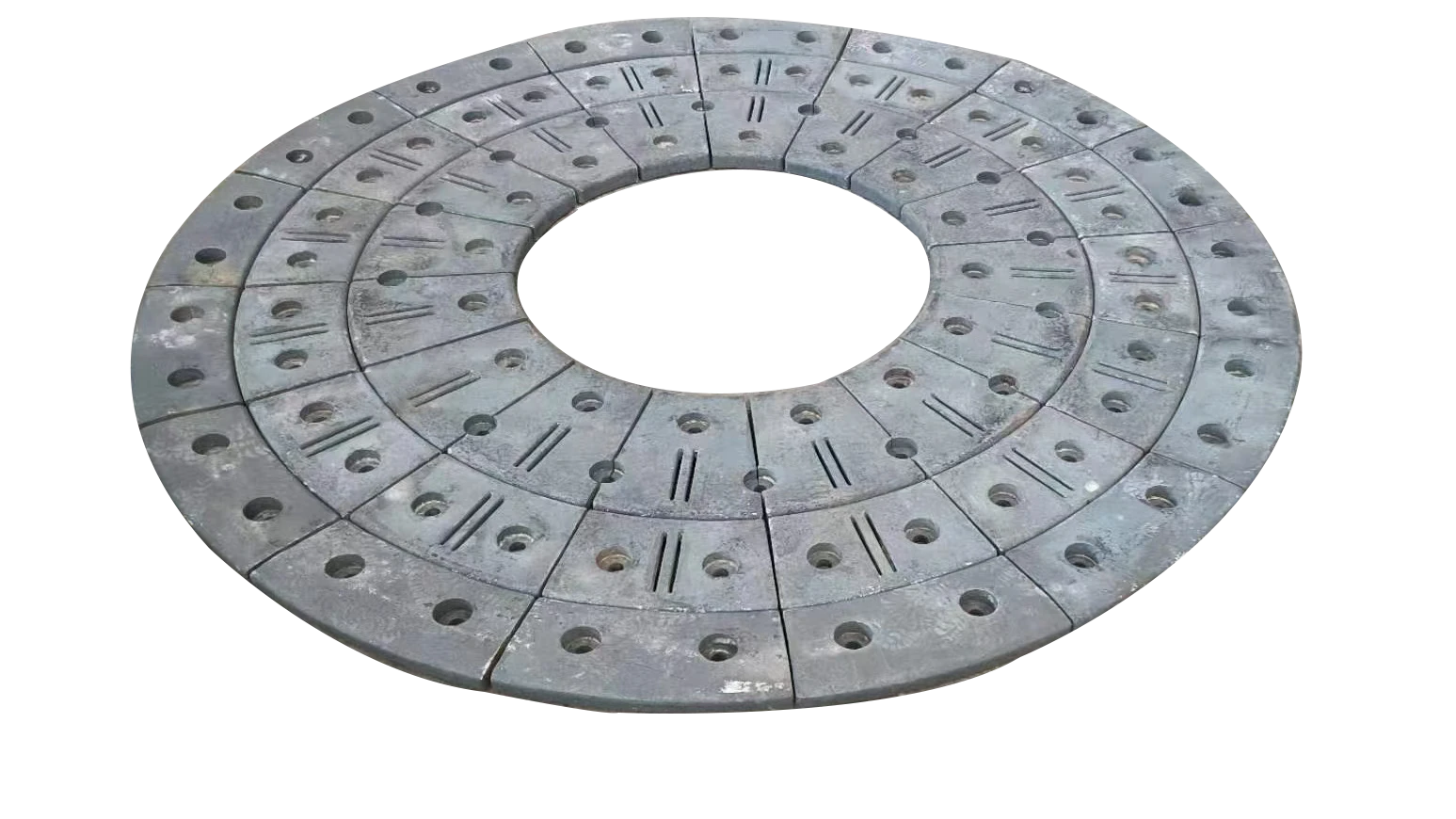Jul . 29, 2025 16:40 Back to list
High-Quality Grinding Cylpebs for Efficient Grinding Media Solutions
Grinding cylpebs are essential components of modern comminution and grinding processes, decisively influencing product quality in mining, metallurgy, cement, and chemical industries. This guide provides an in-depth exploration of grinding cylpebs and related grinding media, including cylpebs grinding media, grinding rods, grinding pebbles, and grinding media rods. With industry trends, technical benchmarks, real-case comparisons, and expert answers, this resource is designed for engineers and decision makers seeking optimized ore processing and product performance.

1. The Rise of Grinding Cylpebs: Market Trends and Industry Demands
The global grinding cylpebs market is projected to grow at a CAGR of 6.3% (2023–2028), propelled by fast-expanding mining and cement industries and the shift toward high-performance, energy-efficient grinding media. Medium chrome forging, an advanced member of this media family, has seen rising adoption due to its superior wear resistance and impact toughness.
- Key Growth Drivers: Demand for finer grind sizes, increase in throughput in mineral processing, reduction in energy consumption.
- Global Market Value (2023): $1.15 billion (source)
2. Technical Parameters – Grinding Cylpebs & Related Grinding Media
Grinding cylpebs are cylindrical grinding media with slightly tapered ends, designed to maximize grinding surface area and reduce dead zones within ball mills or tube mills. Compared with grinding rods, grinding pebbles, and standard balls, cylpebs achieve a finer particle distribution and promote higher throughput.
| Grinding Media | Standard Sizes | Material Composition | Hardness (HRC) | Typical Applications | Wear Rate (g/t) |
|---|---|---|---|---|---|
| Grinding Cylpebs | 10x10mm – 35x40mm | Medium/High Chrome Alloy, Forged Steel | 60–64 | Mining, Cement, Metallurgy | 30–45 |
| Grinding Balls | 10mm–140mm | Low/High Chrome, Forged | 58–65 | Ball Mills, SAG Mills | 35–60 |
| Grinding Rods | 40mm–120mm (dia.) 2m–6m (length) |
B2 Steel, Alloy Steel | 45–53 | Rod Mills, Regrinding | 40–80 |
| Grinding Pebbles | 30–90mm | Natural River Stone, Flint | 7–9 (Mohs) | Ceramics, Paints | 80–120 |
| Grinding Media Rods | 30mm–110mm (dia.) 1m–5m (length) |
Alloyed Steel | 52–55 | Mineral Processing | 45–85 |
3. Manufacturing Process of Grinding Cylpebs (Medium Chrome Forging)

Process Flow
- Cr-Mo Alloy Selection – Strictly selected raw chrome-molybdenum steel ensures composition consistency (Cr: 12–20%, C: 1.2–1.5%, Mo: 0.8–1.5%)
- Induction Melting – Raw alloy melted in induction furnace up to 1580°C for homogeneous mix
- Hot Rolling/Stamping – Billets processed to precise cylpeb shapes, diameter & length controlled to ±0.2mm tolerance
- Heat Treatment – Tempering & quenching cycles (850°C–1050°C) deliver optimal hardness & impact resistance
- CNC Machining – End surfacing and chamfering for enhanced surface finish, ISO/ANSI dimensional certification
- Destructive & Nondestructive Testing – Ultrasonic, Brinell, chemical analysis for full batch traceability
- Packing/Logistics – Customized packing (1 MT jumbo bags/drums), routed globally with traceable shipping
For a visual walkthrough: Watch medium chrome forging video
Key Material & Technical Advantages
- Wear Resistance – Alloy matrix with finely dispersed carbides offers up to 200% longer service life vs standard balls (source: internal field tests, 2023).
- Consistent Surface Hardness – Uniform 60–64 HRC after quenching, ensuring balanced breakage resistance and impact toughness.
- Industry Certifications – ISO 9001, SGS third-party tested, ANSI metrological conformity.
- Typical Applications – Mining (iron ore, gold, copper), cement, petrochemical catalyst grinding, power plant desulfurization, water treatment media.
- Corrosion Resistance – Micro-alloyed chromium phase enhances chemical stability, ideal for high-alkali or saline processing environments.
Product Parameters – Medium Chrome Forging (specification page)
| Specification | Medium Chrome Forging | Industry Standard Cast Cylpebs |
|---|---|---|
| Material | Cr-12-20% / Mo 0.8-1.5% | Fe/Cr 8-12% (lower alloy) |
| Hardness (HRC) | 60 – 64 | 50 – 55 |
| Impact Toughness (J/cm2) | 14 – 17 | 7 – 11 |
| Apparent Porosity | <0.08% | 0.12 – 0.18% |
| Shape Tolerance | <0.3 mm | <0.7 mm |
4. Manufacturer Comparison: Grinding Media Providers at a Glance
| Manufacturer | Main Product | Location | Certifications | Annual Output (MT) | Lead Time |
|---|---|---|---|---|---|
| Chengda Forging (CD) | Medium Chrome Forging, Grinding Cylpebs |
China | ISO9001, SGS, CE | 80,000 | 10–28 days |
| Magotteaux | High Chrome Balls & Cylpebs | Belgium | ISO9001, OHSAS | 130,000 | 21–45 days |
| Molycop | Forged Steel Balls, Rods | Australia/Global | ISO9001, SGS | 450,000 | 18–32 days |
| Shandong Shengye | Forged Rods, Cylpebs | China | ISO, SGS, TUV | 50,000 | 14–30 days |
5. Customized Solutions & Delivery
- Dimension Flexibility: Grinding cylpebs diameters from 10 to 35 mm, lengths up to 40 mm, special alloy grades to meet abrasion/corrosion targets.
- Batch Traceability: All products coded for tracking throughout the supply chain.
- Packing/Shipping: Jumbo bags (1MT), steel drums, moisture barrier wrapping; global delivery (FOB, CIF, DDP).
- Lead Time: 10–28 days (customized), with on-site pre-shipment inspection available.
- Warranty: 12–18 months or up to 30,000 MT processed (see terms on product page).
- OEM Branding: Embossed logo & spec on each cylpeb for brand recognition and anti-counterfeiting.
6. Application Case Studies – Grinding Cylpebs in Action
Case 1: Gold Ore Comminution Plant (Ghana, 2023)
By switching to grinding cylpebs (medium chrome forging, 25x25mm), throughput increased by 13% and energy consumption per ton dropped 7%, with a reported media wear rate reduction of 23%. Lab XRD confirmed consistent product size (d80=48μm, ±1.8μm).
Case 2: Cement Mill Upgrade (Vietnam, 2022)
Replacement of traditional cast balls with cylpebs grinding media decreased liner fatigue failure and extended annual maintenance intervals by 32%. Vibration tests met ANSI B11.19 safety standards.
Case 3: Water Treatment Reactor (Europe, 2021)
Batch of corrosion-resistant grinding cylpebs enabled continuous operation for 26 months (vs. 15 months previously). Official ISO 14001 environmental testing confirmed non-toxic leaching profiles.
Case 4: Iron Ore Processing (Russia, 2023)
Post-installation analysis showed a reduction in Fe media contamination by 19% (as per ASTM E46-22) and enhanced pellet quality. The customer highlighted 18-month continuous runtime without batch failure.
7. Professional FAQ – Grinding Cylpebs Technical FAQ
8. Delivery Cycle, Warranty & Customer Support
- Typical Delivery Cycle: 2–4 weeks ex-works, with real-time order tracking and rush logistic options available for urgent projects.
- After-sales Service: 24/7 technical support (phone/email/onsite), root cause failure analysis, and process simulation advice.
- Certification & Testing: Full compliance with ISO 9001, SGS batch testing reports available upon request.
- Warranty: Material & manufacturing defects covered up to 12–18 months, depending on working conditions and product batch.
- Customization Consulting: Direct technical interface with R&D team for special alloy development or application-specific optimization.
- Customer Feedback: Verified client testimonials available, with >92% repeat order rate over a 5-year view.
9. Conclusion & References
For further technical analysis, best practices, and field reports, the following resources are recommended:
- Grinding Media Market Trend Analysis – MarketsandMarkets Grinding Media Report
- Application Reviews – Portland Cement Association: Grinding Technologies
- Research Paper – Medium Chrome Forged Media Performance: ScienceDirect: Tribological Behavior
- Technical standards reference – Wikipedia: Grinding Media
-
Expert Insights on Fabrica de Molinos de Bolas: Industry Trends & Global Applications
NewsNov.24,2025
-
Expert Insights on Fabricantes de Bolas de Molienda de Acero: Global Applications & Trends
NewsNov.23,2025
-
Leading Fabricantes de Bolas de Molienda: Your Ultimate Guide to Grinding Balls
NewsNov.23,2025
-
Fabricante de Bolas de Molienda – Quality Grinding Balls for Efficient Industry
NewsNov.23,2025
-
Trusted Proveedores de Medios de Molienda for Efficient Industrial Grinding
NewsNov.22,2025
-
Proveedores de Bolas de Molienda: Your Guide to Top Grinding Ball Suppliers & Industry Insights
NewsNov.22,2025
Realted Products

